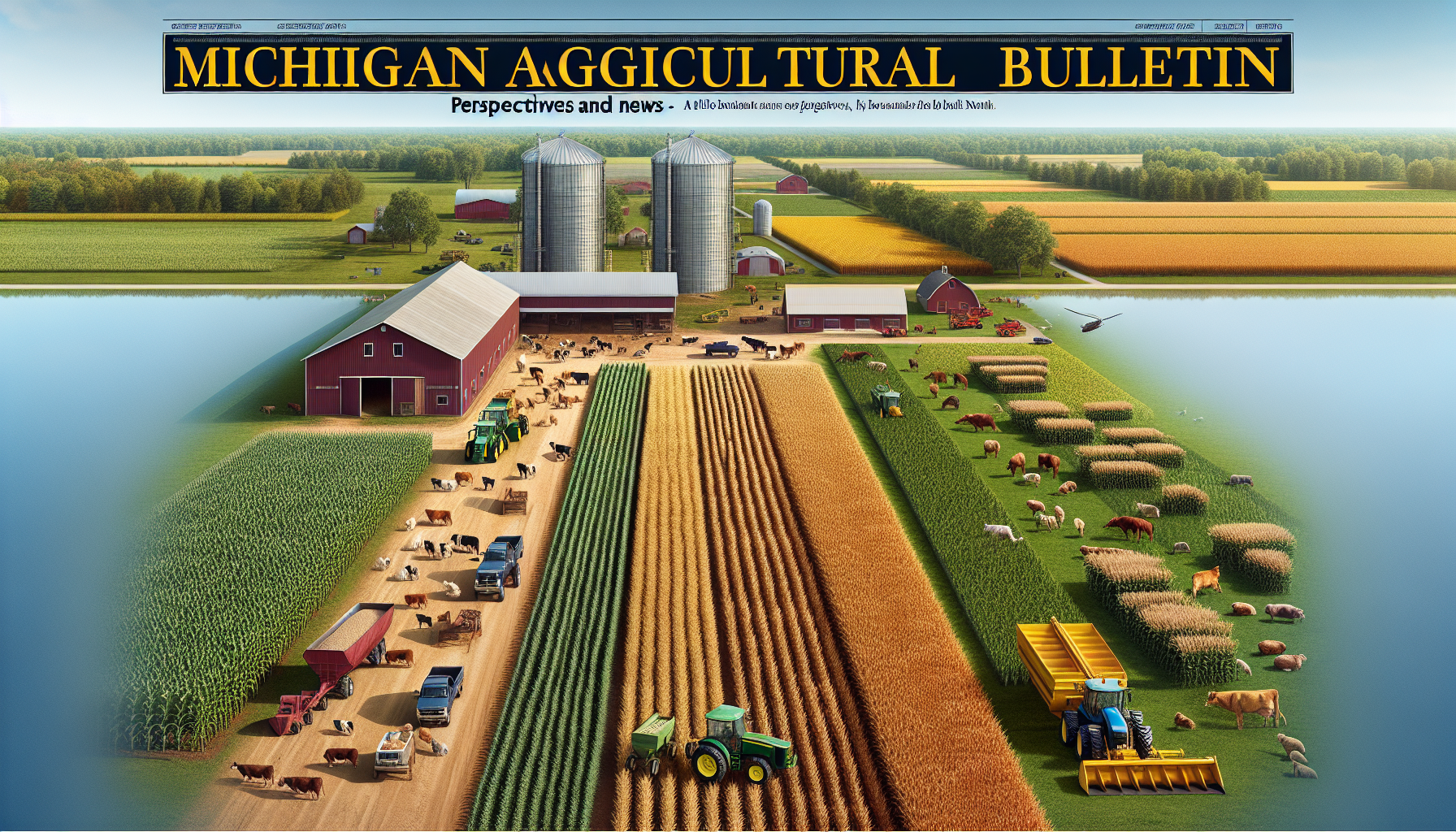
crop updates
In the most recent crop updates, Michigan’s farming environment is showcasing both resilience and flexibility regarding shifting market conditions and environmental hurdles. The state’s varied crop selection, which encompasses corn, soybeans, and wheat, has exhibited different performances this season.
Corn production is anticipated to experience a minor uptick due to favorable climatic conditions earlier in the growing period. Nonetheless, recent updates suggest that unforeseen rainfall could possibly influence the ultimate yield. Farmers are encouraged to keep a close eye on soil moisture levels and adjust their irrigation plans accordingly.
Soybeans have encountered a wide range of outcomes, with certain regions reporting strong growth while others struggle with pest issues. The introduction of new pest-resistant soybean strains has offered some respite, but constant vigilance is essential. Market analysts indicate that global soybean demand remains robust, offering an optimistic outlook for prices.
Wheat producers have faced a tough season, with late spring frosts affecting early growth phases. Despite these challenges, improvements in crop management practices have assisted in reducing losses. As the harvest nears, quality evaluations will be vital in determining market preparedness and pricing approaches.
Overall, the Michigan crop sector is set to tackle the intricacies of the current agricultural landscape, utilizing technological innovations and strategic market positioning to enhance outcomes.
livestock trends
The livestock sector in Michigan is presently maneuvering through a dynamic environment influenced by both market trends and changing consumer preferences. The state’s cattle sector, a fundamental part of its agricultural economy, is witnessing a phase of cautious optimism. Beef producers are enjoying steady demand, although escalating feed prices present challenges in sustaining profitability. To alleviate these pressures, many are implementing innovative feeding practices and exploring alternative feed solutions.
Dairy producers are also adapting to the shifting market landscape. The global appetite for dairy products remains strong, creating opportunities for growth. However, variable milk prices and heightened competition have encouraged producers to concentrate on efficiency and sustainability. Investments in technologies, such as automated milking systems, are aiding in streamlining processes and reducing labor expenditures.
Poultry production in Michigan is experiencing a rise in consumer interest, especially in organic and free-range offerings. This movement is fueling diversification within the industry, as producers strive to satisfy the increasing demand for ethically sourced poultry. Despite this favorable trend, the sector is confronted with challenges related to biosecurity and disease management, requiring continuous vigilance and investment in health measures.
As Michigan’s livestock sector adjusts to these changing conditions, strategic investments and an emphasis on sustainability will be crucial for ensuring long-term growth and resilience amidst evolving market demands.
